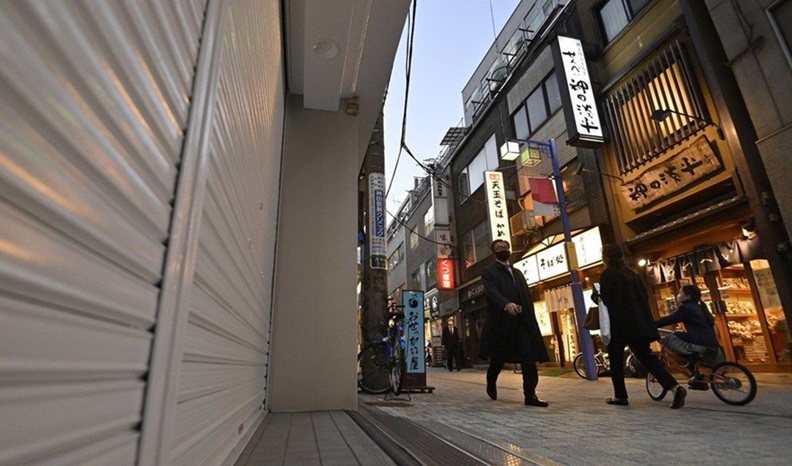In a turn of economic misfortune, Japan has recorded its highest wave of bankruptcies since 2013. The first half of the fiscal year has seen nearly 5,000 companies go under, a steep 18.6% increase from last year. Small businesses, already struggling to stay afloat, have been the hardest hit by surging costs. Inflation, which has stubbornly remained above the Bank of Japan’s 2% target for over two years, has squeezed profit margins beyond tolerance. As a result, hundreds of companies found themselves unable to absorb rising import costs driven by the weak yen, especially in sectors like construction and retail.
But it’s not just inflation that’s crippling businesses. A labor market that seems tight as a drum, with unemployment rates below 3% for over three years, has made it harder for firms to retain their workforce without bumping up wages. While larger corporations managed to offer pay raises above 5% earlier this year, smaller businesses are struggling to keep pace, especially when many are already contending with higher operating costs. Labor shortages have emerged as another breaking point, with a record number of companies attributing their financial collapse to being unable to fill vacant positions.
Looking to the horizon, storm clouds continue to gather. With the Bank of Japan’s recent interest rate hikes, companies now face the ominous prospect of steeper debt-servicing costs. Banks, both large and small, have begun raising lending rates on short-term loans, adding yet another layer of financial stress for businesses trying to stay solvent. What was already a bleak economic landscape is now threatened by these rising costs, signaling that Japan’s business environment is in for a rough ride ahead.
(Source: Japan Times | Bloomberg | The Mainichi)









